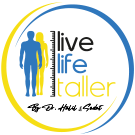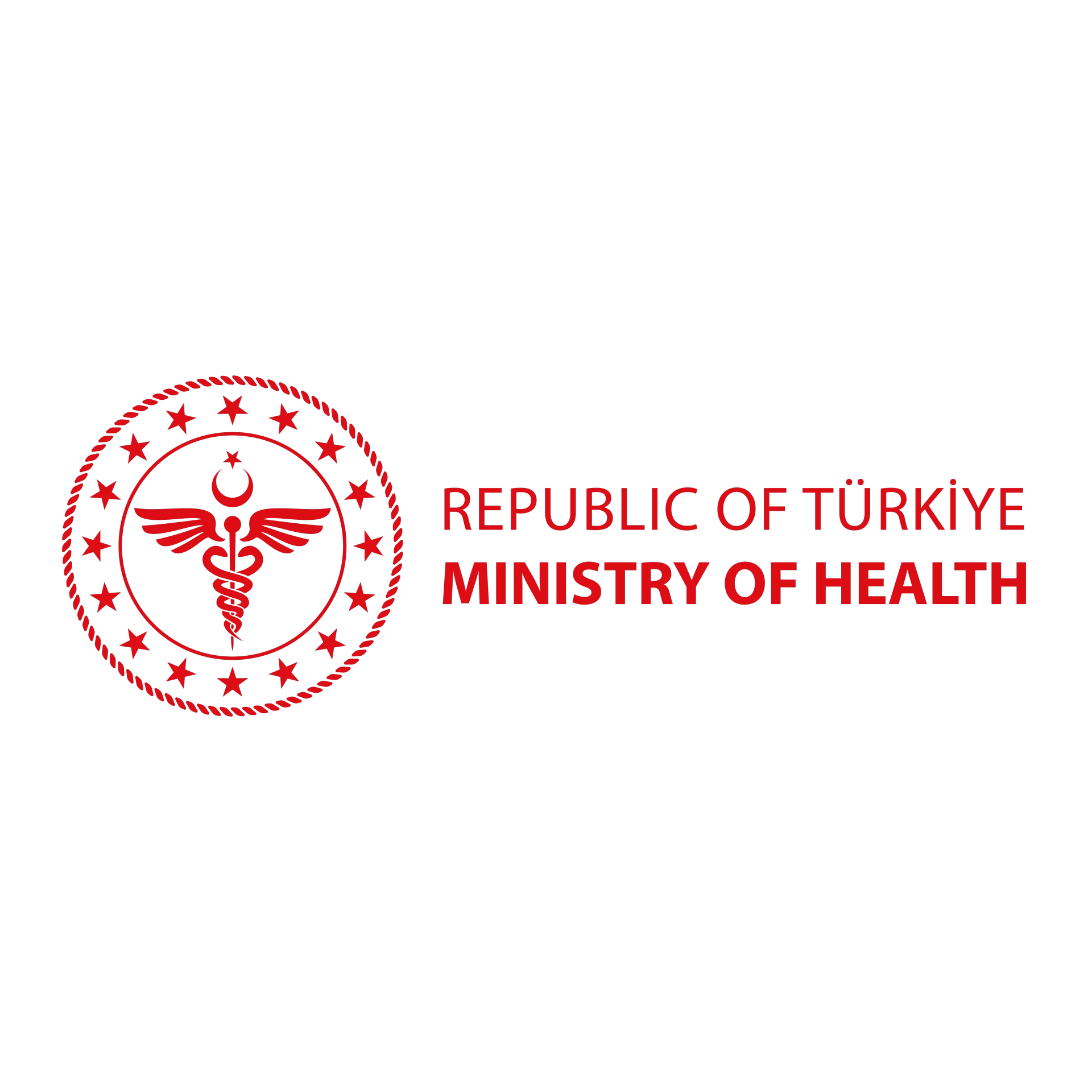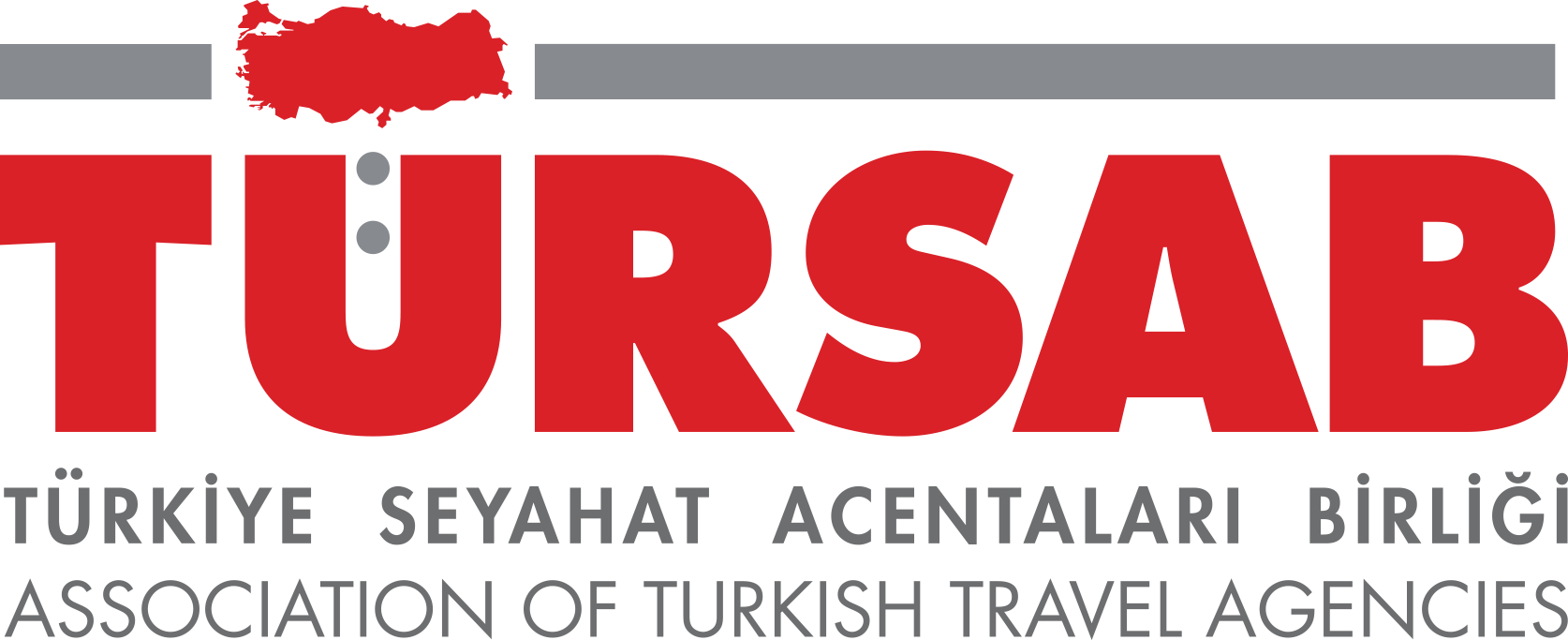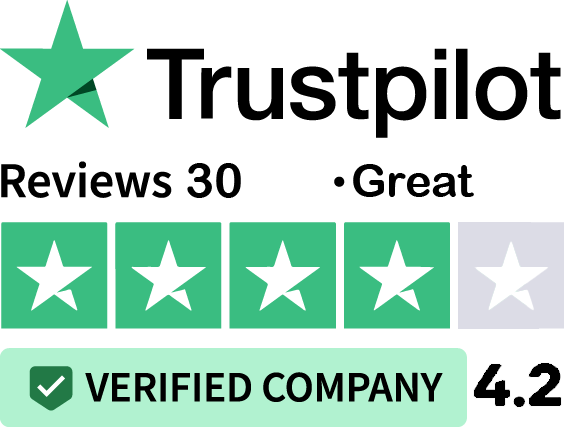About Us
What is O-Legs (Genu Varum)
Bow Legs
 Bow legs, also known as genu varum, is a condition in which the legs have an outward curvature, causing the knees to be spaced apart while the ankles are close together when standing with the feet together. Bow legs are commonly seen in infants and toddlers as a normal part of their development, but they usually resolve as the child grows. However, in some cases, bow legs may persist or develop later in life, leading to potential functional and cosmetic concerns.
Bow legs, also known as genu varum, is a condition in which the legs have an outward curvature, causing the knees to be spaced apart while the ankles are close together when standing with the feet together. Bow legs are commonly seen in infants and toddlers as a normal part of their development, but they usually resolve as the child grows. However, in some cases, bow legs may persist or develop later in life, leading to potential functional and cosmetic concerns.
There are several causes and contributing factors to bow legs, including:
Physiological bow legs:
In infants and toddlers, bow legs are often a normal part of growth and development. As the child begins to walk and bear weight on their legs, the bones gradually straighten out, and the legs become aligned. This type of bow legs typically corrects itself without any intervention.
Rickets:
Rickets is a bone disorder characterized by a deficiency in vitamin D, calcium, or phosphate, which leads to weakened and soft bones. Rickets can cause bow legs as the weight-bearing bones fail to properly mineralize and support the body’s weight.
Blount’s disease
: Blount’s disease is a growth disorder that affects the tibia (shin bone). It results in abnormal growth of the inner side of the bone, leading to bowing of the legs. It is more commonly seen in children and adolescents and may require medical intervention.
Genetic or hereditary factors:
Some individuals may have a genetic predisposition to bow legs, where the bones naturally develop with an outward curvature.
Obesity:
Excessive weight can contribute to the development or worsening of bow legs due to the increased stress on the lower limbs.
The treatment for bow legs depends on the underlying cause and the severity of the condition. In cases where bow legs are physiological or mild, no treatment may be necessary, as the legs often straighten out naturally over time. However, if the bow legs persist or are causing functional difficulties, medical intervention may be recommended.
Physical therapy:
Physical therapy may be prescribed to address muscle imbalances, improve range of motion, strengthen muscles, and correct alignment.
Bracing:
In some cases, bracing or orthotic devices may be used to support proper leg alignment and encourage straightening of the bones.
Surgical intervention:
Severe or progressive bow legs may require surgical correction. Surgical procedures aim to realign the bones and correct the underlying issues contributing to the bow legs.


What is Genu Varum?
Genu varum, commonly known as O legs or bow legs, is a condition where the knees stay wide apart when a person stands with their feet together. This condition can cause an abnormal walking pattern and can lead to discomfort or pain over time. Understanding what is genu varum is essential for identifying the right genu varum treatment.
What Are the Causes of Genu Varum?
Genu varum can be caused by various factors, including congenital conditions (present at birth), bone diseases, or improper bone development during childhood. Common genu varum causes include rickets, Blount’s disease, and genetic predisposition. In adults, conditions such as arthritis can contribute to the development of adult genu varum.
There are several causes and contributing factors to genu varum deformity, including:
Physiological Bow Legs
In infants and toddlers, bow legs are often a normal part of growth and development. As the child begins to walk and bear weight on their legs, the bones gradually straighten out, and the legs become aligned. This type of bow legs typically corrects itself without any intervention.
Rickets
Rickets is a bone disorder characterized by a deficiency in vitamin D, calcium, or phosphate, leading to weakened and soft bones. Rickets can cause bow legs as the weight-bearing bones fail to properly mineralize and support the body’s weight.
Blount’s Disease
Blount’s disease is a growth disorder that affects the tibia (shin bone). It results in abnormal growth of the inner side of the bone, leading to bowing of the legs. This condition is more commonly seen in children and adolescents and may require medical intervention.
Genetic or Hereditary Factors
Some individuals may have a genetic predisposition to genu varum, where the bones naturally develop with an outward curvature. Congenital genu varum is observed from birth and may persist without intervention.
Obesity
Excessive weight can contribute to the development or worsening of bow legs due to the increased stress on the lower limbs.
How is Genu Varum Corrected?
Genu varum correction involves a range of genu varum treatments depending on the severity and underlying cause. Non-surgical treatments may include physical therapy and bracing. However, in more severe cases or in genu varum adults, genu varum correction surgery may be necessary to realign the bones and correct the leg shape. Understanding how to correct genu varum is crucial for effective treatment.
The treatment for genu varum depends on the underlying cause and the severity of the condition. In cases where bow legs are physiological or mild, no treatment may be necessary, as the legs often straighten out naturally over time. However, if the bow legs persist or are causing functional difficulties, medical intervention may be recommended.
Physical Therapy
Physical therapy may be prescribed to address muscle imbalances, improve range of motion, strengthen muscles, and correct alignment.
Bracing
In some cases, bracing or orthotic devices may be used to support proper leg alignment and encourage straightening of the bones.
Surgical Intervention
Severe or progressive bow legs may require surgical correction. Surgical procedures aim to realign the bones and correct the underlying issues contributing to the bow legs.
How is Genu Varum Surgery Performed?
Genu varum correction surgery is a specialized procedure aimed at straightening the legs. The surgery involves cutting the bones and realigning them to the correct position, often using metal plates, screws, or external fixation devices. This type of genu varum treatment helps improve the alignment and function of the legs, addressing the bilateral genu varum deformity effectively.
Genu Varum Deformity in Turkey
Turkey is known for its advanced medical facilities and experienced orthopedic surgeons, making it a popular destination for genu varum treatment. The country offers state-of-the-art medical care for individuals suffering from genu varum deformity, with many clinics specializing in treating o shape leg and bilateral genu varum. Patients from around the world come to Turkey to benefit from high-quality and cost-effective treatment options.
For Whom is Genu Varum Surgery Suitable?
Genu varum surgery is suitable for individuals who have significant leg deformity causing pain or functional limitations. It is particularly recommended for adult genu varum patients where non-surgical treatments have failed. Children with severe cases of congenital genu varum or those not responding to other treatments may also be candidates for surgery. A thorough evaluation by an orthopedic specialist is crucial to determine the suitability for genu varum correction.
How Does the Process Continue After Genu Varum Surgery?
After genu varum correction surgery, the recovery process involves a combination of rest, physical therapy, and regular follow-up visits with the surgeon. Patients typically need to avoid weight-bearing activities initially and gradually resume normal activities as healing progresses. The post-surgery period is crucial for achieving the desired outcomes, and adherence to the prescribed rehabilitation plan ensures effective genu varum treatment.
FAQ
Does Genu Varum Surgery Hurt?
While genu varum correction surgery is performed under anesthesia, some pain and discomfort are expected during the recovery phase. Pain management strategies, including medications and physical therapy, are employed to minimize discomfort and promote healing.
What is the Recovery Time After Genu Varum Surgery?
The recovery time after genu varum surgery varies depending on the individual’s overall health and the complexity of the surgery. Typically, patients can expect to resume normal activities within 3 to 6 months, with full recovery taking up to a year.
Is it Safe to Have Genu Varum Surgery in Turkey?
Yes, having genu varum surgery in Turkey is considered safe due to the country’s advanced medical infrastructure and highly skilled orthopedic surgeons. Many patients opt for treatment in Turkey for its high standards of care and cost-effectiveness.
Can Genu Varum be Corrected?
Yes, genu varum can be corrected through various treatments, including physical therapy, bracing, and surgical intervention. Genu varum correction surgery is highly effective for severe cases, providing lasting results and improved leg alignment.
Is There an Age Limit for Genu Varum Surgery?
There is no strict age limit for genu varum surgery, but the suitability for surgery depends on individual health status and the severity of the deformity. Both children and adults can benefit from surgical correction, though the approach may differ.
Additional Information
For genu varum treatment in adults, it is crucial to evaluate the severity of the condition and the patient’s overall health to determine the best approach. Non-surgical treatments may be sufficient for mild cases, but correction genu varum surgery is often necessary for more severe deformities. Patients with o shaped legs can significantly benefit from a tailored treatment plan that addresses their specific needs and promotes long-term health and mobility.
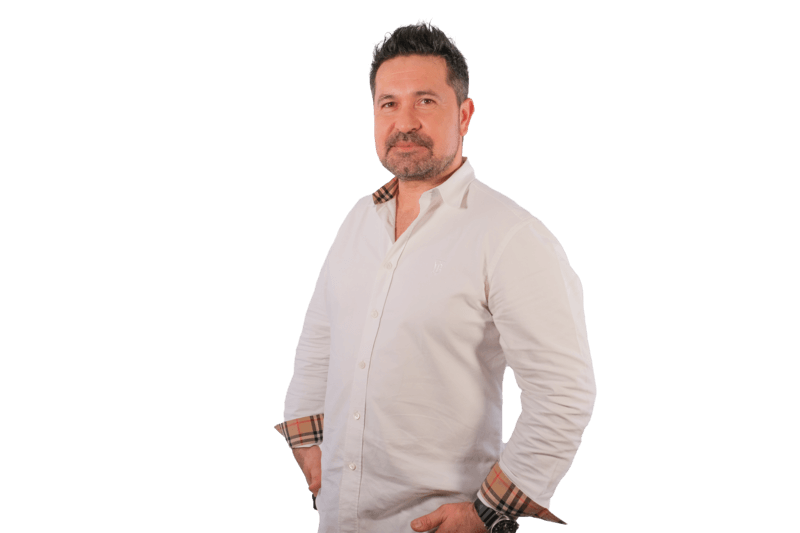
Orthopedic Surgeon and specialist in Limb Lengthening & Deformity Correction with over 14 years of experiences
Author Page